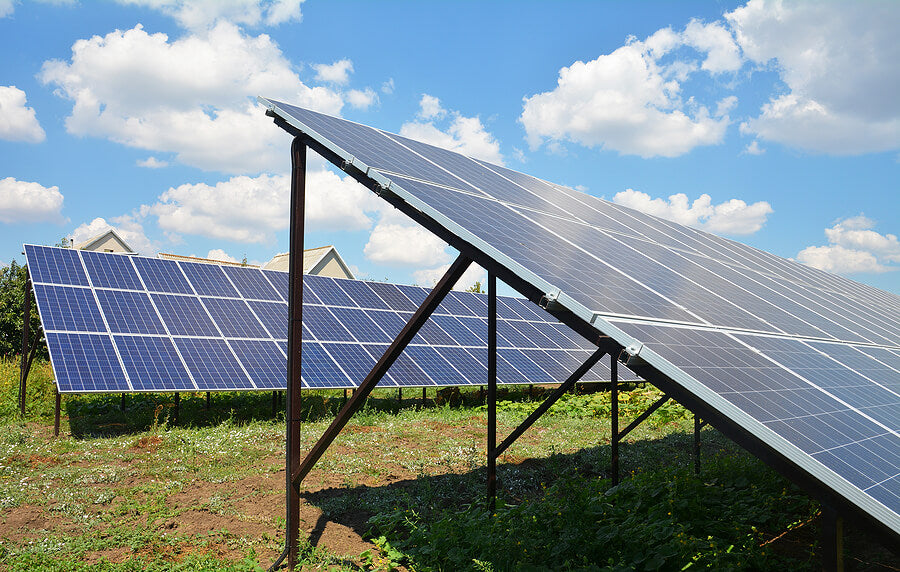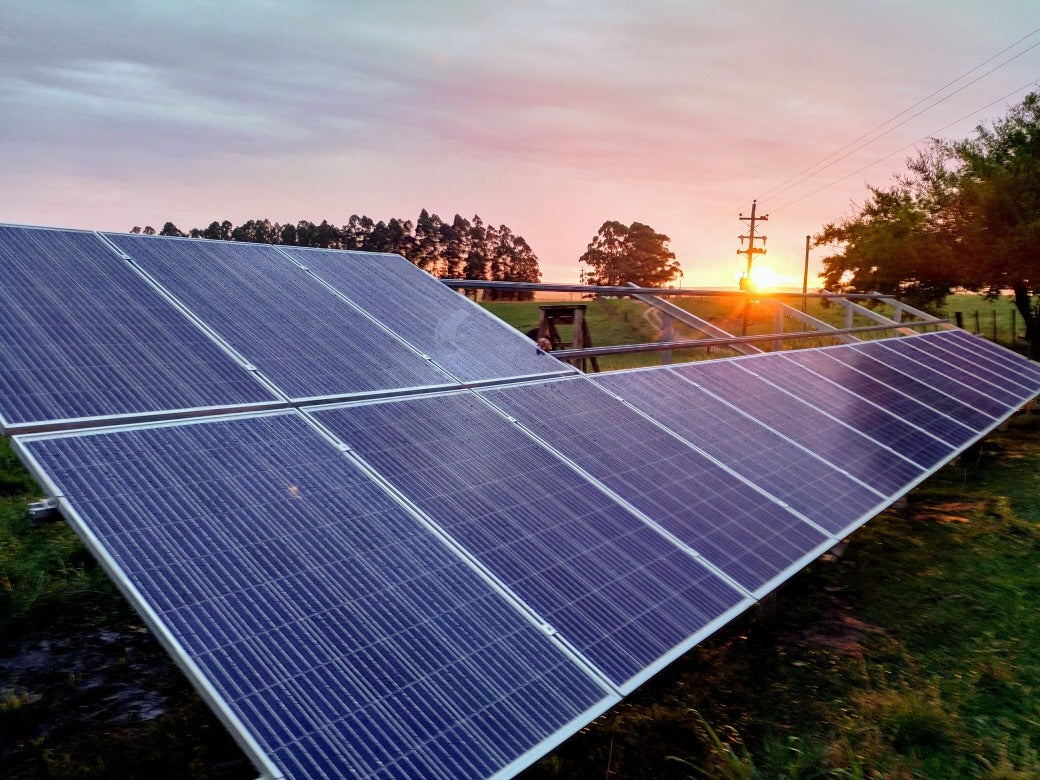We all know that the efficiency of solar panels depend largely on its orientation. In general, since the sun shines directly on the equator most of the time, solar panels facing south have the opportunity to collect more sunlight and produce more solar energy. Each house has a different direction towards the sun, so each solar device has its own opportunities and challenges. The trick is to install solar panels in a way that not only collects the most sunlight, but also strategically helps homeowners save on electricity bills.
South-facing solar panels have another advantage for households that can use net metering, allowing homeowners to reimburse the electricity they send back to the grid. The solar panel facing south collects the most energy when the sun is full at noon. But this is also because everyone goes to work, school and other reasons, so the household consumption is usually the lowest at this time. This means that a large amount of solar power can be used for utilities.
Of course, the power of different series of solar panels will also be different. For example, solar panels produced by SOLARPARTS have as many as eight series. There are flexible plates, glass plates and mini series. For instance, Xingpuguang@_Rigid series solar panels are mainly characterized by high efficiency. This serial product adopt high -efficiency monocrystalline cells are used, and the battery conversion rate is as high as 23%. Even under weak light conditions, the performance is very superior. The energy supply and output of solar panels with different performance are different, and considering that not all families face south, there are many variables that affect the direction of solar panels.
Shading:
Such as trees, chimneys, power lines or higher buildings - these obstacles may prevent sunlight from reaching your solar panels. A home facing less than ideal directions or obstacles blocking sunlight can still produce a lot of solar energy, but it may need more solar panels than a roof facing well and completely free of obstacles.Shaded solar panels won’t produce the same amount of energy as those in direct sunlight. If your roof is sun-deprived by un-trimmable trees or building, solar may not be your best choice.
Seasonality:
Like the weather, solar energy production varies day-by-day and month-to-month. A cloudy, winter day won’t be as productive as a sunny, summer one. But it’s important to focus on the year-round picture. For example, snow can sometimes reflect light and improve PV performance. So in reality, a cold month will only become a solar antagonist if slush covers the panels.
Tilt:
Unlike a pinball machine, solar panels can benefit from a good tilting. The direction your home is facing, its location, and even your roof’s pitch, have a significant effect on how well a residential solar system works. Ideally, solar panels should be at the same angle as the latitude where they’re mounted. Pitches between 30 degrees to 45 degrees usually work well in most scenarios.
Azimuth:
The solar azimuth angle is the compass direction from where the sunlight is coming. At noon, the sun’s light comes from the south in the Northern Hemisphere and from the north in the Southern Hemisphere. The wrong azimuth angle could reduce the energy output of a solar home panel by up to 35%. An azimuth of zero (facing the equator) is usually the best choice.
Of course, in addition to the above variables, there are many factors that affect the efficiency of solar panels. If you want to know more, you can click the link below. SOLARPARTS is happy to provide you with more information about solar panels.



